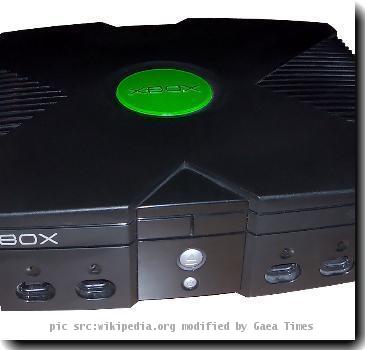Review: ‘R.U.S.E.’ brings computer-style strategic war gaming to Xbox, PlayStation
By Lou Kesten, APWednesday, September 8, 2010
Review: ‘R.U.S.E.’ brings war strategy to consoles
Video-game wars, like those in “Halo” or “Call of Duty,” are usually seen from the grunt’s-eye view. If you want to play general, with thousands of troops following your every order, you have to turn on your computer, home to real-time strategy (RTS) epics like “StarCraft II” and “Age of Empires.” Developers have produced a handful of Xbox and PlayStation RTS titles, such as “Halo Wars” and “Civilization Revolution,” but their more cerebral gameplay may never have the mass appeal of shootouts like “Gears of War.”
“R.U.S.E.” (Ubisoft, for Microsoft Inc.’s Xbox 360, Sony Corp.’s PlayStation 3, $59.99) is the latest attempt to get console gamers hooked on strategy. The setting is all too familiar: the Western battlefields of World War II, as Allied forces push back against Adolf Hitler’s seemingly inexorable conquest. Each skirmish, from the shores of northern Africa to the heart of Germany, is presented as a map on a table in a secret war room. From a distance, soldiers and vehicles look like checkers, but you can zoom in close enough to focus on each individual element in your forces.
It’s a nice effect, with only the occasional graphical hiccup. More important, it answers the most common criticism of console war-games: that the controllers aren’t precise enough to allow unit-by-unit attacks. “R.U.S.E.” lets you switch smoothly and instinctively from maneuvering entire battalions to getting one guy in exactly the right place.
Early in the solo campaign you have only a few types of units, such as infantry and light tanks. You have to construct and defend supply depots and other facilities to build up your forces, even as you try to figure out the best way to make inroads against the Nazis. By the end of the campaign you can create a full arsenal of recon vehicles, heavy tanks, aircraft and even a few “prototype” machines that can quickly make mincemeat out of your enemies.
In many RTS titles, the standard strategy is to hang back, slowly assemble a massive fighting force, and then slam your opponent with shock-and-awe. I was surprised to find that this rarely works in “R.U.S.E.”; instead, you may need to use the heavy metal as a distraction while you figure out a way to sneak paratroopers behind enemy lines.
And that’s where the ruses come in. “R.U.S.E.” (the acronym, apparently, doesn’t stand for anything) throws an assortment of fanciful tricks into the mix. Radio silence hides your units, for example, while a spy can expose all your enemy’s weaponry. You can send decoys to part of the battlefield, or use “reverse intel” so your foe thinks your light units are heavy, and vice versa. You can even unleash “terror,” so the bad guys flee at the smallest threat.
All the ruses come in handy against the computer, but they really bring a fresh element to face-offs against human opponents. And in the end, online competition will determine whether “R.U.S.E.” thrives. Its solo campaign is lengthy, but it’s marred by a ridiculous plot about an arrogant U.S. commander trying to root out a double agent. And the pacing is erratic: Some scenarios can be polished off in a few minutes, while others take more than an hour.
Still, I appreciate the innovative approach Paris-based developer Eugen Systems has taken with “R.U.S.E.” (It is also available for PCs.) The combat system, including the clever control scheme and the ruses themselves, is very satisfying, and I hope to see it again in a more original setting. Three stars out of four.
Tags: Entertainment And Media Technology, Games, North America, Recreation And Leisure, United States
|
September 8, 2010: 11:07 am
so this will be the upcoming buzz of the video games… well isn’t a huge surprise…they are releasing new tech almost every month… |


jana